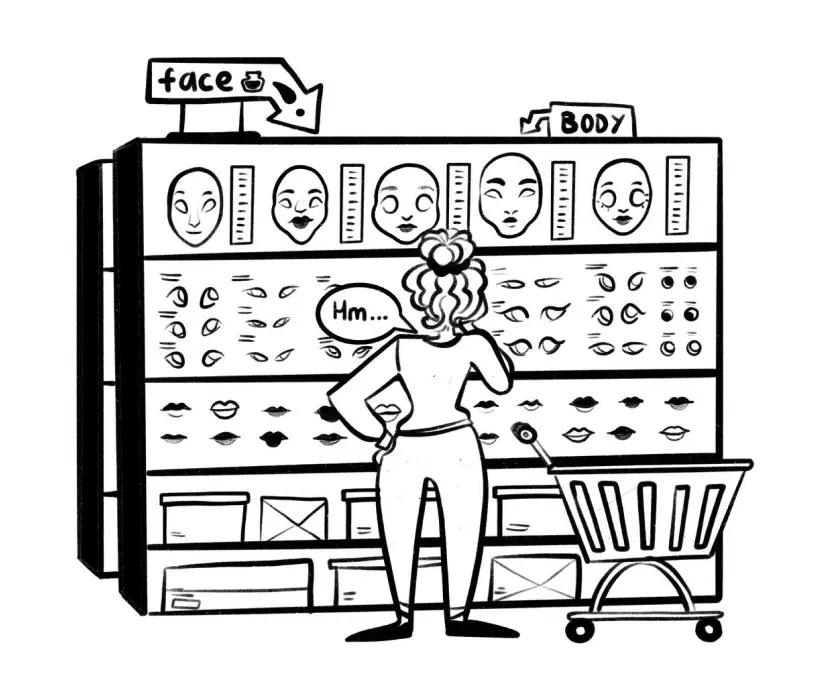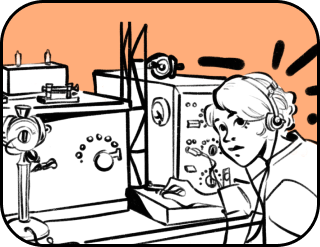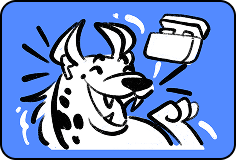Technology that will add a couple of touches to a portrait
Someone will draw a transparent ticket and be born in the Middle Ages with chiseled cheekbones and long legs.
Someone will draw a white ticket and be born blond with blue eyes. Someone will draw an orange ticket and be born Gulliver.
Someone will be lucky and his limbs will be gutta-percha, but someone will be unlucky and see in their gutta-percha limbs a flaw that will poison existence.
Someone will draw a colorless ticket and be born an anomalous trichomate. And someone will have pale skin and a birthmark as a sign that in lotteries not everything depends on the desire to win.
In the pursuit of beauty ideals and perfection, people often neglect the unique nature of their body, forgetting that it is already a miracle in itself. Instead of appreciating its individuality, we often succumb to the pressure of societal standards and strive for change. This dissatisfaction with ourselves pushes us to search for new technologies and methods that reflect our desire to modify ourselves.
However, if we turn to art, for example to the works of the great sculptor and artist of the Renaissance Michelangelo, we can trace the exaltation of the beauty of the body in its contradictions. He saw true harmony in its unique features while idealizing its forms and striving for perfection.
His works, which pay tribute to this admiration, reflect a careful study of anatomy and the uniqueness of the human form, including the internal contradictions of human nature. It was in these features that he captured that eternal balance between perfection and shortcomings, which, as he believed, constituted the essence of human existence.
How would you reimagine your life if you had the opportunity to shape your look while maintaining your uniqueness? Does it make sense to change your personality in search of an ideal?
It’s no secret that modern scientists are striving to overcome the limitations that are the imperfections of the human body. In particular, the development of computer and magnetic resonance imaging has led to the possibility of creating detailed three-dimensional models of the human body. Thanks to that, we can literally “draw” ourselves the way we want. It sounds fantastical, but this is not the distant future, but a very real present.
Of course, tomography alone is only partially involved in the process of creating a better version of us, being responsible only for collecting information. Whereas the so-called “sono-ink” allows you to create a three-dimensional model of the human body. The ink itself is a viscous liquid and is made from various materials such as polylactide, polyethylene glycol and biocompatible polymers. Thanks to their precision and ability to reproduce the structure of the human body in detail, they allow us to create personalized models that adapt to our specific needs.
This approach has enormous potential in the aesthetic field as well as in the field of healthcare and cosmetology. Although this process is still in its early stages, significant opportunities for advancing medical science and improving quality of life are already visible.
Of course, the actual clinical use of the technology is still a long way off, but a series of successful tests have demonstrated its wide potential and marked the beginning of full-scale research.
Fantastical ideas about the possibilities of modeling the human body are becoming reality, promising new horizons for the transformation of our physical existence.
Duke University Photoacoustic Imaging Research Team
This is no longer 3D printing
You can correct the result if you are not satisfied with the one you drew in the lottery
Real clinical use of the technology is still a long way off
“When I see an Angel in a piece of marble, I begin to cut the stone until I give him freedom”

We’ve discovered new laws of the Universe in your pocket. By the way, there are many forgotten things in the Universe too.
Thank you!




